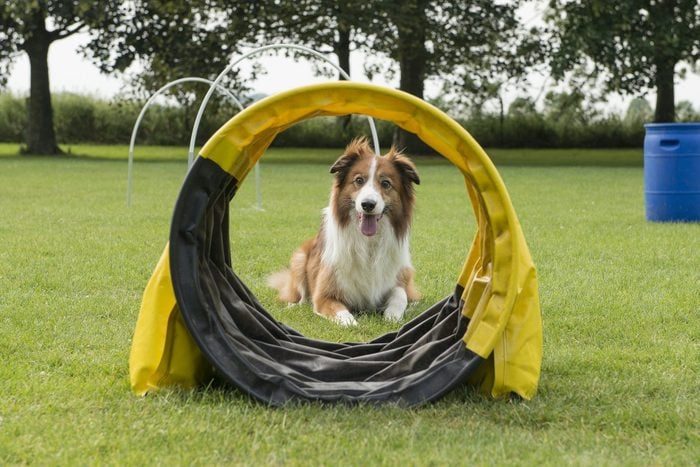
Training challenges
The second you bring a cute puppy home, you’re in for a world of happy licking, enthusiastic tail wagging and a deep bond that only grows with time. Along with offering love and affection (and tasty dog food), dog training is incredibly important. In some cases, especially with the hardest dogs to train, the training process requires a bit more patience and steadfast consistency.
“Some dogs do take longer to train,” says Traci Madson, a certified dog expert and trainer with Pupford. “Some are just more motivated to please and learn new behaviors or dog tricks that result in rewards, while others can be more apathetic.”
She says that genetics and learning history really come into play here. For example, if your dog has a history of poor reinforcement, then it can become difficult to teach them new dog commands or change their behaviors. And dogs with low food motivation may be trickier to train compared with those very motivated by yummy dog treats. Other issues, like separation anxiety, unique personalities and even age can impact training ease.
We’ve highlighted some of the hardest dogs to train, according to dog behavior experts. It’s not that these pups aren’t trainable, but rather that they might require some extra attention or training tricks compared with the easiest dogs to train. For more insights on this topic, learn how to train a puppy and how to train a dog.
Get Reader’s Digest’s Read Up newsletter for more pet tips, humor, cleaning, travel, tech and fun facts all week long.
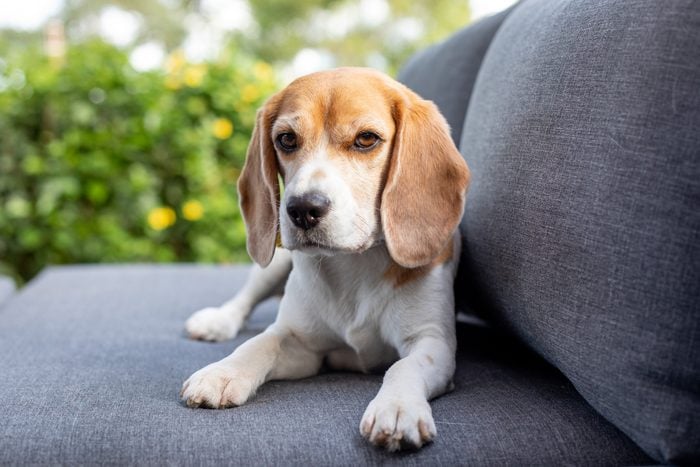
1. Beagle
Beagles are excellent family dogs and even considered one of the best dogs for kids. However, these hunting dogs have a very strong focus on the smells around them and a strong genetic inclination to follow scent trails. With that said, they’re considered one of the hardest dogs to train. “They can be a challenge training in distracting outdoor environments and off leash recalls,” says celebrity dog trainer Chrissy Joy.
Pro training tip: The good news about beagles is that most of the time, they are very food driven! Joy says that this helps in the training process, as you can use high-value dog treats to engage and train them with endless skills and good manners.
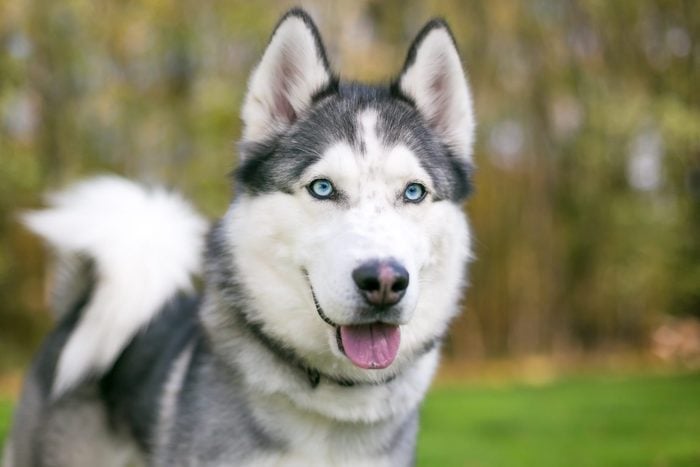
2. Siberian husky
The Siberian husky was bred to think independently, which can make them less responsive to traditional training methods. To make matters worse, this sled dog is prone to lots of barking, digging and running away when they’re not adequately exercised.
“Huskies are notoriously independent and willful, making them resistant to training methods that other breeds may respond well to,” says Bradley Phifer, executive director of the Certification Council for Professional Dog Trainers. He adds that they’re also one of the smartest dog breeds and that they have a strong sense of their own identity, which can cause them to be socially selective and easily offended.
Pro training tip: Start training as early as possible with your Siberian husky and make sure to give them plenty of exercise and socialization. “With a focus on teaching resilience to regular handling, patience, plenty of positive reinforcement and a dash of a sense of humor, Siberian huskies can become well-behaved and loving companions for their owners,” Phifer says.
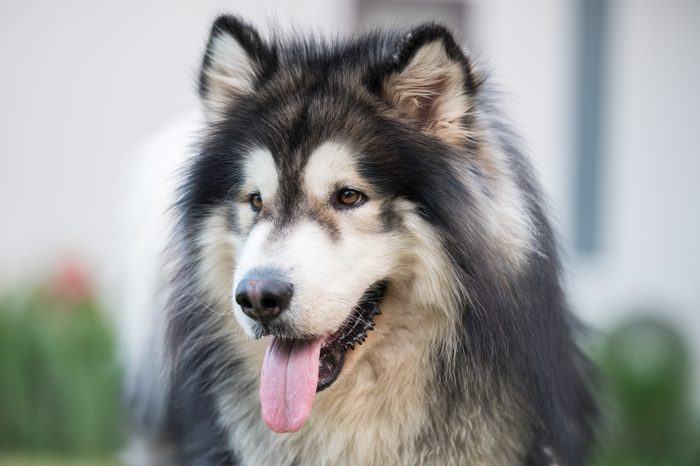
3. Malamute
Similar to huskies, malamutes are a cold-weather dog breed known for their high sense of independence. Madson also notes that they aren’t very motivated by food, toys or pleasing their owners. On top of this, malamutes have a very high prey drive and will go after cats, chickens and other small dogs. It’s important to rein in this dog behavior, even if it’s tricky to do so.
Pro training tip: Make sure your husky has a lot of enrichment and activities meant for their breed, such as pulling a person on skis or sleds and playing with a flirt pole (to help with prey drive), says Madson. This gives the dog an outlet for those things they were originally bred to do.
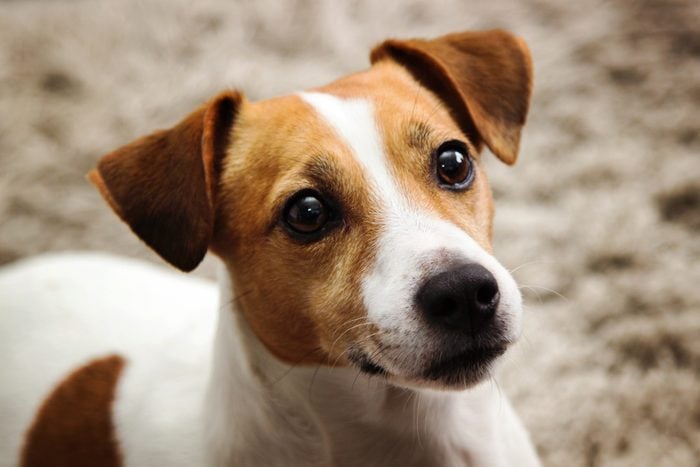
4. Jack Russell terrier
Jack Russell terriers are small, powerful dogs that were bred to be used in fox hunting. Joy says they have a very high prey drive, which makes them one of the hardest dogs to train. “It is important to do your research on this breed, as they require lots of exercise and proper outlets for their smart and funny personality,” says Joy. “They love to learn and play games but can get bored, which could lead to destructive behavior.”
Pro training tip: It’s important to find good energy outlets for Jack Russell terriers and keep their mind engaged in learning through obedience training, tricks and brain games for dogs.
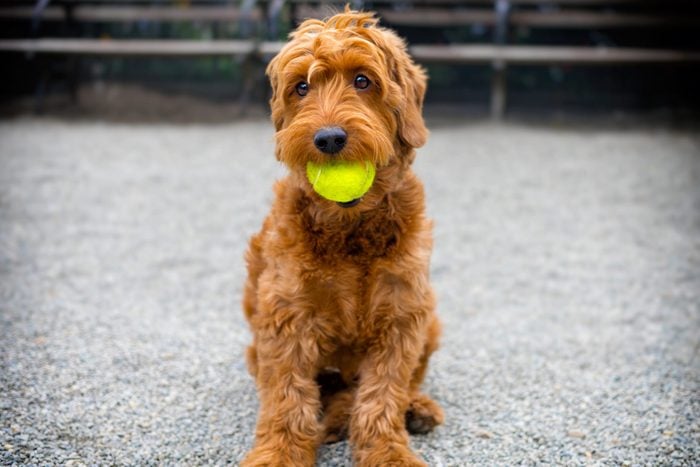
5. Doodles
Goldendoodles, bernedoodles and other doodle varieties are impossibly adorable curly-haired dogs that remain popular in households across the country. Madson says that there’s a misconception that these dogs are easy to train, but “overbreeding has contributed to them being more anxious and fearful than other breeds.”
She notes that many of the doodles she’s personally worked with tend to be needy and struggle with separation anxiety, dog anxiety and other fear-related behavior problems.
Pro training tip: “Start young with positive socialization and training,” Madson advises. “Also include enrichment and problem-solving activities for confidence and to make sure the dog has as much mental exercise as physical exercise.”
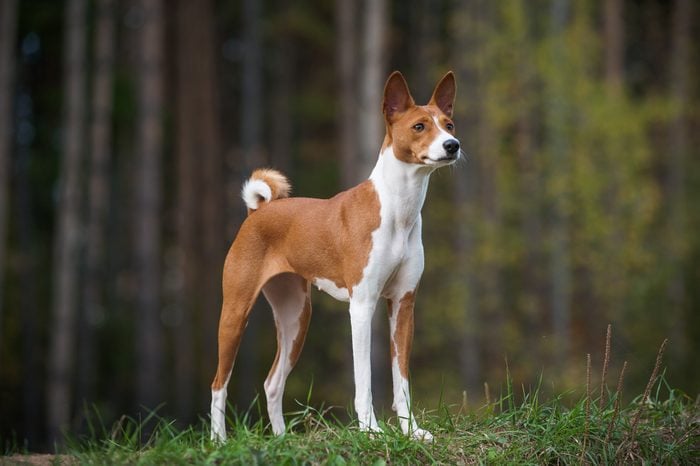
6. Basenji
Basenjis are often noted for their “cat-like” proclivities. A calm dog breed, they are highly independent and also don’t bark. “You may find their independent and selective personality a challenge, especially in distracting environments, when their prey drive may overrule any treat or toy you possess,” Joy notes.
Pro training tip: Phifer recommends avoiding old-fashioned training methods that demand perfect obedience and repetition, as this “can lead to frustration for the dog and the trainer.” Try things like giving your Basenji a longer leash or more space to roam in the yard. Then find what motivates them most and use it in your training.
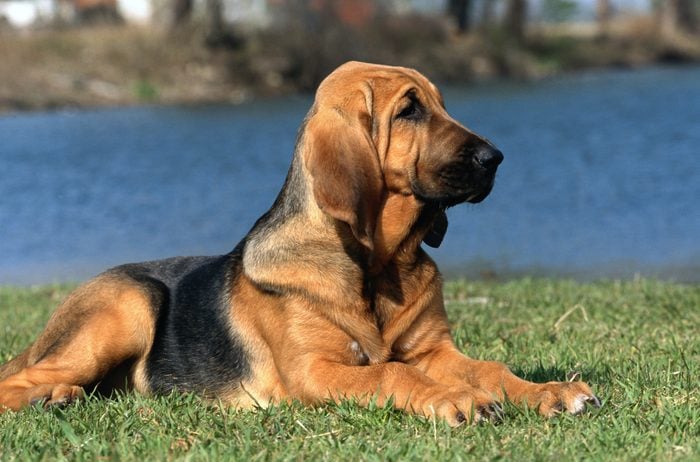
7. Bloodhound
Similar to beagles, bloodhounds are a hunting dog renowned for their exceptional sense of smell. “The bloodhound is law enforcement’s go-to choice to locate fugitives and find missing individuals,” says Phifer. “However, their instincts and self-reliance can pose a challenge during training. Bloodhounds are stubborn and easily sidetracked, making standard training techniques less effective.”
Pro training tip: Although bloodhounds are one of the hardest dogs to train, persistence, patience and positive reinforcement pay off in spades with this dog breed. Their amazing sense of smell and independence can be shaped into affectionate dogs that are loyal companions.
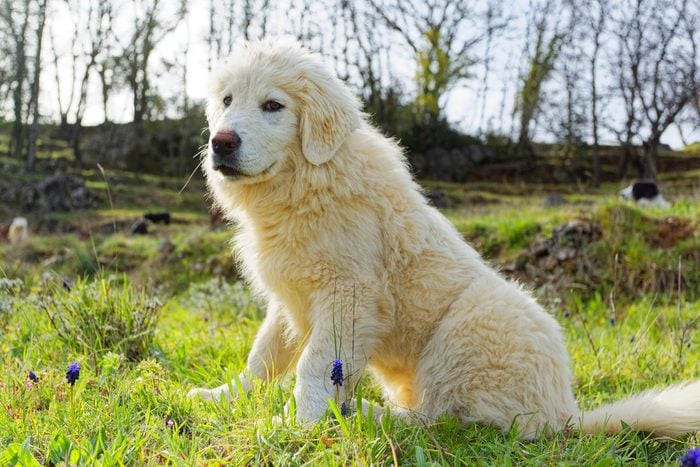
8. Great Pyrenees
The great Pyrenees is known for its deep sense of loyalty to its family, which is why it’s considered an excellent guard dog. That said, they were bred to operate on their own agenda as they expertly guarded sheep and rarely relied on owners to tell them what to do. This sense of independence makes them one of the hardest dogs to train. “They may try to herd and guard children or other family members, and they aren’t very motivated to work for treats,” says Madson.
Pro training tip: Provide your Pyrenees with enrichment or activities that give it an outlet for the things the dog was originally bred to do. “Scent work and playing Treibball are a couple good examples of activities,” Madson says.
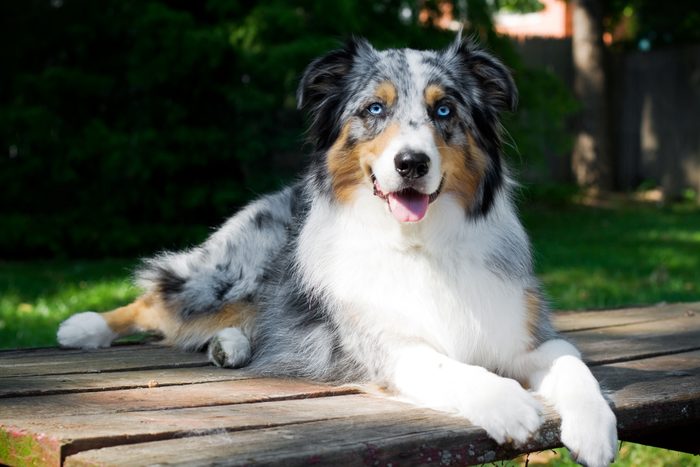
9. Australian shepherd
The adorable Australian shepherd is a true smarty pants, which would make you think they’d be easy to train. However, this breed is perhaps a bit too smart for its own good! Smart dogs have a tendency to grow bored very quickly and are more apt to push your boundaries. Plus, they might just outsmart you.
Pro training tip: Whether you’re teaching your dog to fetch, roll over or sit, focus on short and frequent training sessions that are highly engaging. Leverage food and toys to keep them motivated during your sessions.
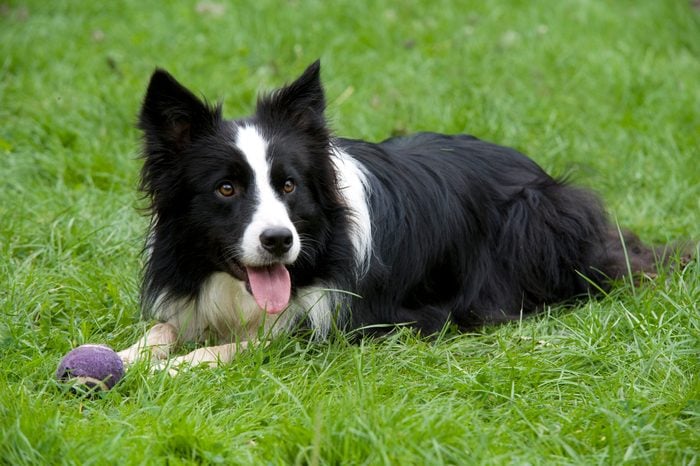
10. Border collie
Border collies are an extremely loyal breed with high energy levels that are known for herding sheep over vast distances throughout Scotland and England. They are also extremely smart and have earned the title of the dog with the highest IQ. “Due to their athletic nature, border collies naturally seek a job and outlet for their energy requirements,” Joy says. “If not given a decent outlet, they may find a job that is not particularly ideal in your household, such as destructive or obsessive behaviors.”
Pro training tip: Give your border collie plenty of exercise to keep them stimulated and happy. Joy recommends canine sports, backpacking and running long distances with this pup. And be sure to make training sessions short and very engaging.
About the experts
- Traci Madson, CPDT-KA, CBCC-KA, is a certified dog expert and trainer at Pupford with nearly 20 years of experience. She focuses on positive reinforcement training and owns Three Little Pits Pawsitive Dog Training, named after her three adorable pit bulls.
- Bradley Phifer is the executive director of the Certification Council for Professional Dog Trainers. A dog trainer and behavior consultant with 17 years of experience, he has successfully trained dogs of all breed types and temperaments.
- Chrissy Joy is a celebrity dog trainer, studio canine trainer and educator. A past equestrian and now dog trainer, she has more than two decades of animal training experience. She rescued her first dog, Beasley, in 2014 and now has four dogs that make up the Joy Crew.
If you’re planning to pick a furbaby for yourself, don’t forget to check out brindle dog breeds, handsome Italian dog breeds, dogs that look like mops, dogs with beards and elegant French dog breeds, to make the perfect choice.
